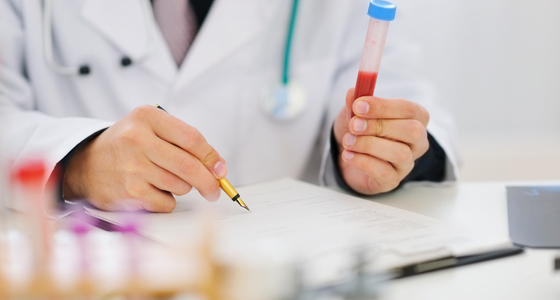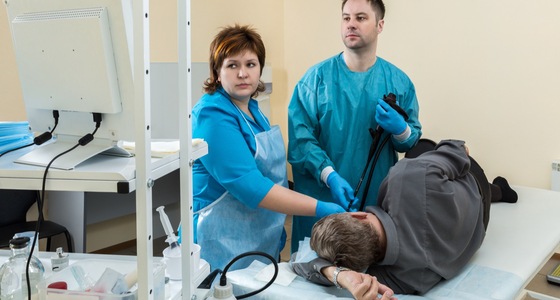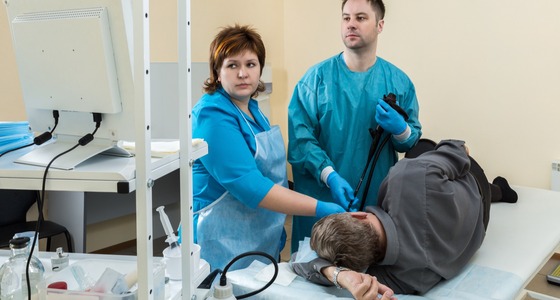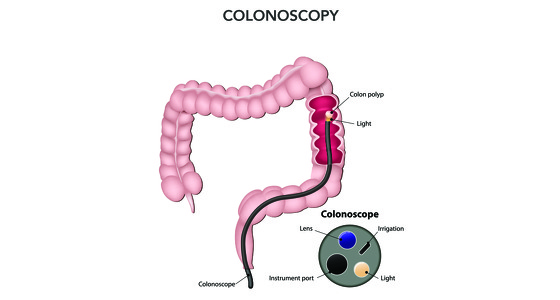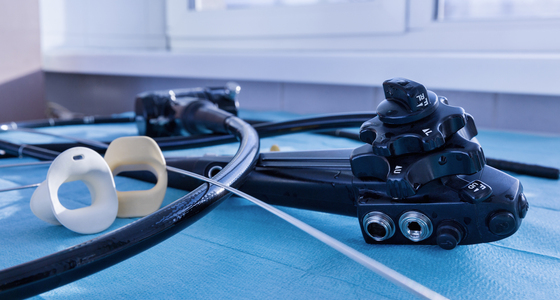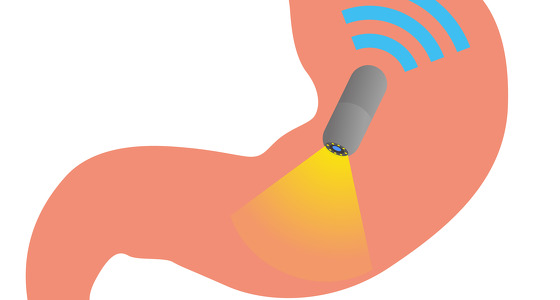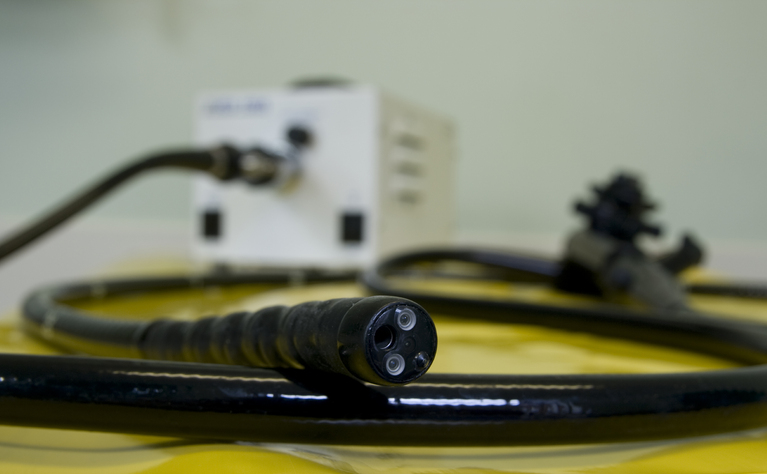
A proctoscopy is a type of endoscopy which examines the anus and rectum using a short, rigid scope with a camera and light on the end.
In a proctoscopy the scope is inserted into your anus and the pictures from inside you are transmitted to a monitor for the medical team to view. It is around 15cms in length.
A proctoscopy is used to look for signs of inflammatory bowel disease (IBD) - Crohn's disease and ulcerative colitis - or associated complications in the anus and rectum. The lubricated proctoscope is carefully inserted into your body through your anus. To assist air is pumped inside to inflate the rectum. Sometimes biopsies may be taken during the examination. It usually takes 5-15 minutes for the procedure to be completed.
In order for pictures of the inside of your anus and rectum to be clear you may be asked to use an enema in the hours before to clear it of any waste. An enema is a liquid which is inserted into your anus. Shortly after it will cause you to need the toilet.
Generally no sedatives or painkillers are used for a proctoscopy. You may feel some discomfort but it shouldn’t be painful. If you are concerned about pain then discuss this with your doctor before the procedure.
After the procedure the doctor or nurse may discuss some of the findings with you, or you may be given a follow-up appointment. You should be able to go home fairly soon after the examination.
If you have had any sedatives you will not be able to go home until the effects have worn off (usually several hours). If you have had any biopsies taken you may experience a small amount of bleeding after.
If you are having a proctoscopy to aid diagnosis of inflammatory bowel disease (IBD) then the doctor or nurse will be looking at the lining of your rectum and anus to see if there are any signs for Crohn’s disease or ulcerative colitis. They will also check for signs of bowel cancer or other conditions which may be causing your symptoms.
If you have already been diagnosed with IBD then the proctoscopy will be used to check and monitor the extent and level of inflammation, and also to monitor for signs of bowel cancer.
Different people have different experiences of protoscopies. You may find it uncomfortable but if you nervous about it or experience pain or discomfort during the examination inform the doctor or nurse.

